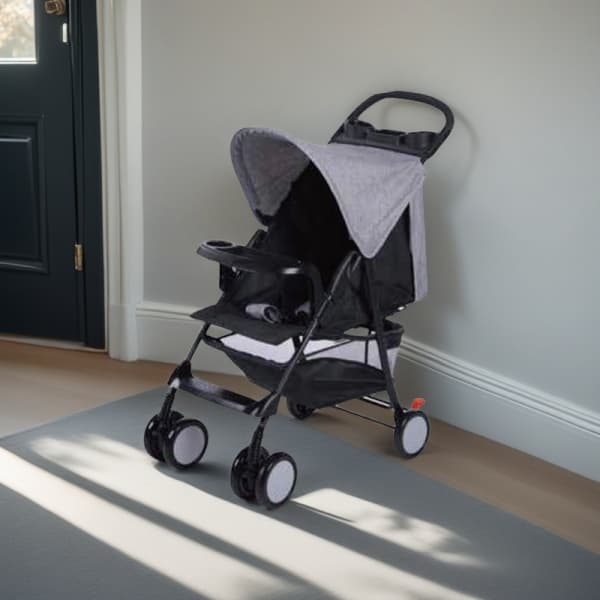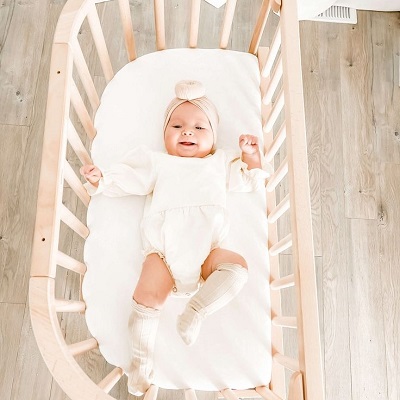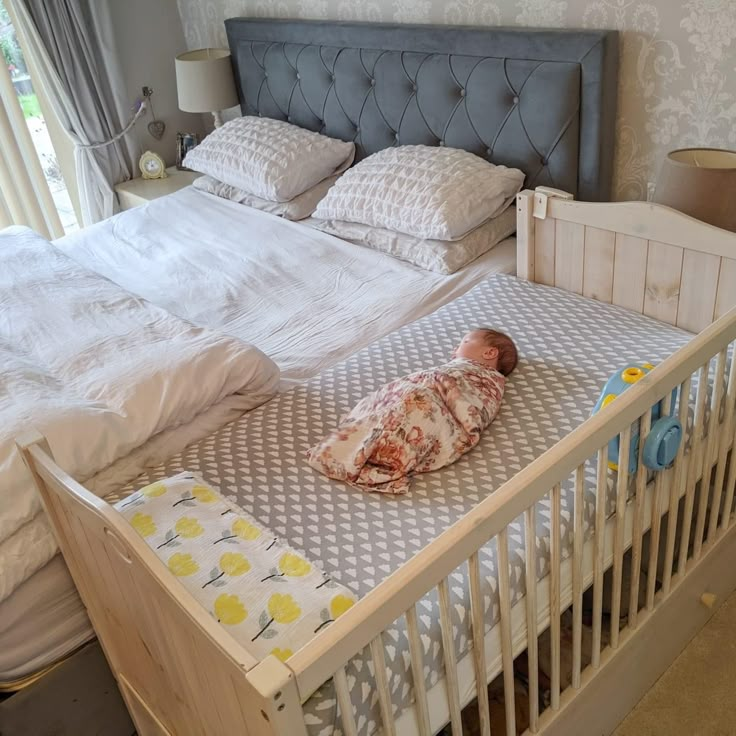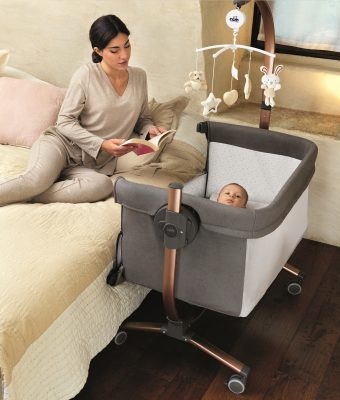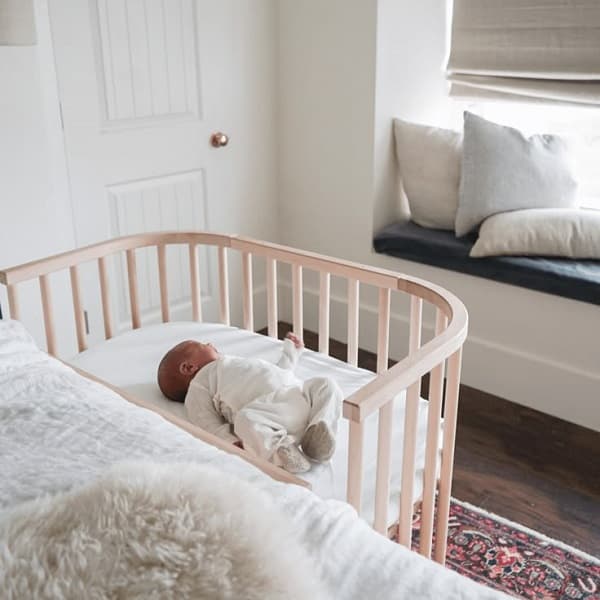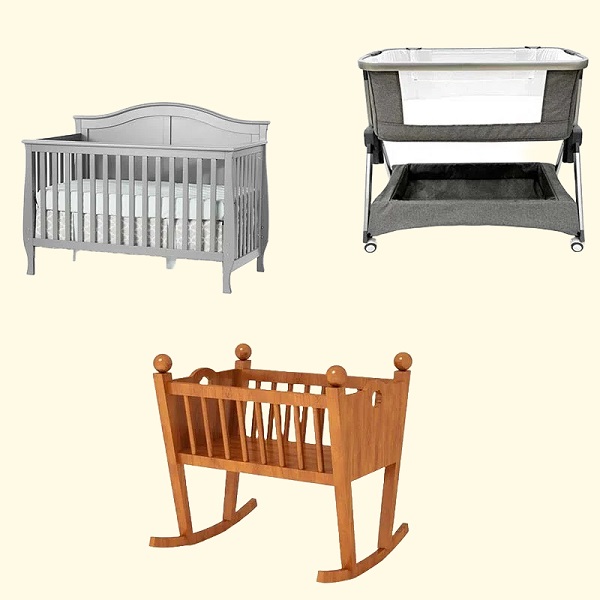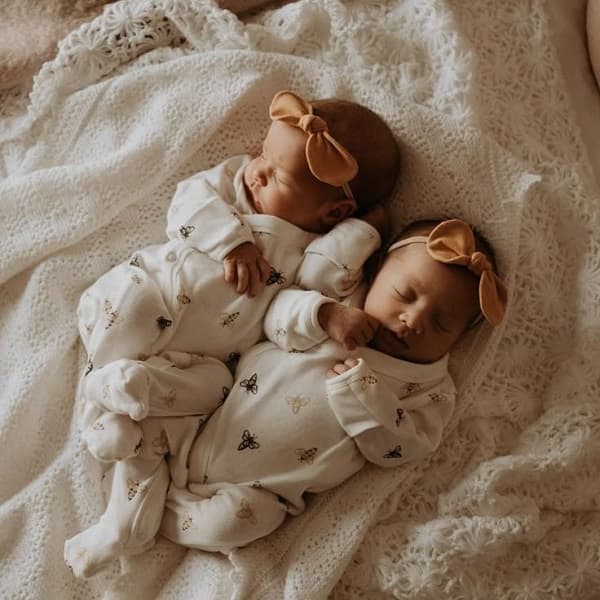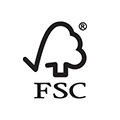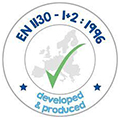Choosing the perfect stroller is one of the most consequential decisions new parents will make—a decision that blends practicality, safety, and lifestyle aspirations into a single mobile hub for your child’s earliest adventures.
Is a sleek urban stroller worth sacrificing storage space? Does a jogger’s rugged design justify its bulk? And how do you future-proof your purchase for a growing family or evolving routines?
This guide cuts through the noise, offering a strategic framework to match your stroller to your family’s unique rhythm. Backed by pediatric safety standards, ergonomic research, and real-world parent testimonials, we’ll explore how urban commuters, outdoor adventurers, and globetrotters can pinpoint their ideal model.
Stroller Types 101
Lightweight Umbrella Stroller
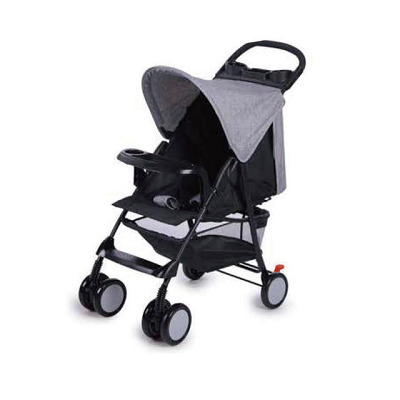
Umbrella strollers weighing less than 6kg are like the “second pair of legs” of urban parents. Its core advantage lies in its extreme portability: it can be folded in one hand, can be boarded, and has a hanging strap, which is perfectly suitable for subway commuting, self-driving tours, or supermarket shopping.
According to a survey by the British Maternity and Infant Association, 73% of dual-income families use umbrella strollers as their main vehicle after the age of one.
However, lightweighting comes at a price: their seat backs are usually steplessly adjustable canvas, and long-term use may affect the development of the infant’s spine (pediatricians recommend caution for use under 18 months of age).
In addition, the diameter of the wheels of umbrella strollers is mostly less than 15cm, and the passability on gravel roads, lawns, and other terrains is poor. Therefore, umbrella strollers are more suitable as a “second spare car” rather than the first choice for newborns.
Multifunctional All-Terrain Stroller
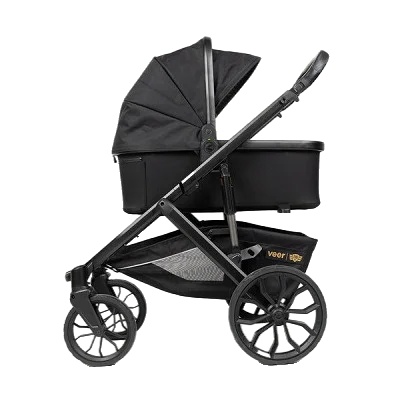
If the family often needs to deal with complex scenarios (such as picking up and dropping off the second child, weekend outings), a multifunctional stroller is the ultimate choice. This type of vehicle usually has a reversible seat, which freely switches to face parents or scenery to meet the emotional needs of children aged 0-3 years old.
In addition, it has four-wheel independent suspension with pneumatic tires over 20cm, which buffers the bumps of shopping mall speed bumps and forest trails.
The German TÜV safety certification agency pointed out that the aluminum alloy frame of a high-quality multifunctional vehicle can withstand 100,000 opening and closing tests, and the life cycle is as long as 5-8 years.
However, the “all-round” label of this type of vehicle also means compromise: the weight is mostly between 12-15kg, and it still occupies most of the trunk after storage. If the family activity radius is mainly around the community, its performance advantage may be offset by insufficient utilization.ise: the weight is mostly between 12-15kg, and it still occupies most of the trunk after storage. If the family activity radius is mainly around the community, its performance advantage may be offset by insufficient utilization.
Double Stroller

As the name implies, this stroller is designed for two children. Double strollers usually have the following three configurations:
- Side-by-side: equal seats avoid sibling competition, but the 78cm width often blocks the standard door frame.
- Front-to-back: limited rear view and interactivity, but can be converted to a single stroller through modular design;
- Sit-and-stand style: front seat + rear pedal, suitable for older children over 3 years old to stand, but the center of gravity shift increases the risk of rollover.
The U.S. Consumer Reports conducted a follow-up survey on 200 families with two children and found that side-by-side strollers were used most frequently in the first 6 months (because they are easy to comfort at the same time), but after the child is 2 years old, 85% of families turn to a more flexible single stroller + pedal combination.
Therefore, leasing or second-hand platforms may be a better solution for high-priced double strollers.
Travel System
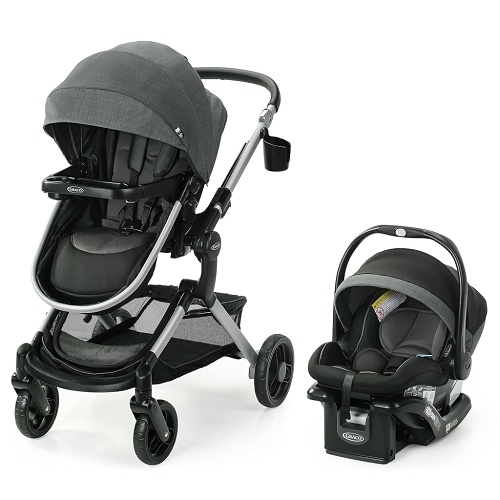
For infants aged 0-6 months, a travel system that can be paired with an infant car seat is the medically recommended choice. Its core value lies in sleep continuity protection: the safety car seat removed from the car base can be directly embedded in the stroller frame to avoid waking up lightly sleeping babies during movement.
AAP research in the United States has confirmed that sleep interruptions caused by frequent transportation may affect the neurological development of newborns, and the travel system can reduce interference by 72%.
However, this convenience comes with hidden costs. The use period of the car seat is usually no more than 9 months (it needs to be replaced after the baby weighs 9kg). The correct installation rate of the car seat is only 58% (data from the U.S. Highway Safety Administration), and incorrect use may amplify safety risks.
Jogging Strollers
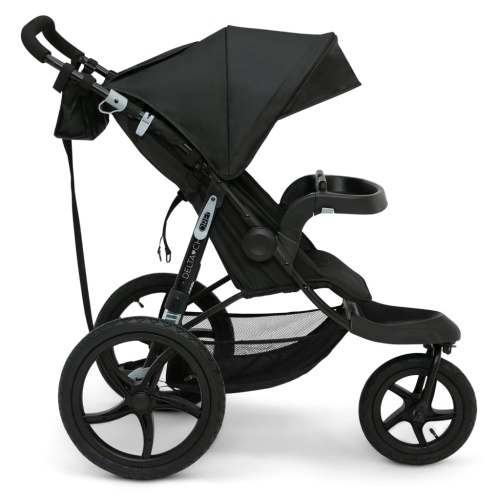
For parents who love running or hiking, the rigid wheels and fixed steering system of traditional strollers are difficult to match their sports needs. Jogging strollers designed for dynamic scenes have become an ideal choice for both parent-child companionship and healthy living.
This type of vehicle not only meets the American Academy of Pediatrics (AAP)’s safety recommendations for outdoor activities for infants and young children, but also transforms the impact of bumps into stable forward momentum through engineering innovation.
The jogging stroller adopts a classic three-wheel structure with a fixed front wheel + dual rear wheels, and the wheel diameter is ≥16 inches. The pneumatic rubber tires are equipped with deep treads to ensure grip on asphalt roads, gravel roads, and even mild off-road terrain.
However, it should be noted that the AAP explicitly recommends that it only be used by infants over 6 months old who can keep their heads stable independently. Early use may cause neck injuries due to bumps.
What Are the Must-Have Safety Features in a Stroller?
Among the various functions of baby strollers, safety design is the bottom line that can never be compromised. According to data from the National Highway Traffic Safety Administration (NHTSA), there are more than 3,500 injuries caused by defects in baby strollers each year, and 78% of them can be avoided through basic safety features.
1. Dynamic Restraint System
A qualified seat belt is not a simple cloth belt, but needs to form a three-point mechanical triangle for stability. The EU EN1888 standard stipulates that baby stroller seat belts must meet the following requirements:
- Five-point buckle: The golden combination of shoulder straps, crotch straps, and leg straps disperses the impact force to five stress points. Tests show that when the vehicle accidentally overturns, the five-point system can reduce the displacement of the baby’s torso by 61%.
- Anti-slip shoulder pad: Silicone particles or honeycomb texture fabrics are used to prevent the shoulder straps from loosening due to fabric slippage.
- One-hand adjustment mechanism: Parents can complete the fine adjustment of tension within 3 seconds to ensure that the seat belt maintains a reasonable gap of “one finger width” between the baby’s body (too tight affects breathing, too loose loses the meaning of protection).
Some high-end models even introduce automotive-grade pre-tightening devices- when the sensor detects severe vibration, the seat belt automatically shrinks 5%-8% to form dynamic protection.
2. Structure and Chassis Design
The stability of a stroller depends on the delicate balance between the center of gravity and the fulcrum. Safety bottom line includes:
- Four-wheel contact principle: Even if fully loaded with 10kg items and the awning is fully unfolded, the load of any single wheel must not be less than 15% of the total weight (to prevent one-sided tilting).
- Parking double brake system: The independent brake levers of the rear wheels must be locked synchronously, and the red warning sign will automatically pop up when the brakes stop. The German Rhine TÜV laboratory simulation found that the sliding distance of the single brake design on a 5° slope is 2.3 times that of the double brake.
- Folding self-locking device: The frame joints must be equipped with double safety buckles to avoid accidental folding during pushing. The Japan Consumer Product Safety Association once recalled 32,000 defective strollers, mainly because the single lock buckle was automatically unlocked during bumps.
For families with two children, they also need to be wary of the “pedal trap” – if the standing pedal installed at the rear of the car exceeds the rear wheel axis by 20cm, it may destroy the overall torque balance and increase the risk of rollover.
3. Breathing Safety
Baby strollers should not only prevent external injuries, but also block invisible threats:
- Air circulation rate: The sunshade should retain at least 30% of the mesh permeable area to avoid carbon dioxide accumulation.
- Heavy metal migration: The lead and cadmium content of the armrests and frame coatings must comply with the EN71-3 toy safety standard, and be especially alert to the hidden dangers of paint peeling of inferior imitations.
When choosing a stroller, please become a “detective consumer”: use your fingers to check whether each seam has sharp edges, shake the body vigorously to test the joints for abnormal noises, and even use a glass of water to simulate the stability of the liquid during pushing.
Check out our blog Stroller Safety Standards: A Complete Guide, for more safety details.
What Key Features Should Be Prioritized?
Maneuverability & Wheels
Pushing your child to the supermarket to shop, take a walk, or go to the grandparents’ house – whether the stroller is easy to push directly determines whether you will be relaxed or frustrated when going out.
A stroller with strong mobility can turn easily. Especially when encountering narrow corridors or supermarket shelves, a stroller that can flexibly shuttle like a “small yellow croaker” can save a lot of trouble.
If you often walk on cobblestone roads and lawns, choose a style with thick tires and shock-absorbing springs. It’s like letting the baby sit on a “small sofa”, and the bumpy feeling will be much lighter.
Seat Comfort and Tilt
The baby’s spine is as delicate as tender tofu, and the seat design directly affects the safety of development. Babies under 6 months old must choose a seat that can lie nearly flat at 170 degrees (lying completely flat can easily choke milk). Feel whether the seat cushion is thick, preferably with a little elasticity, like an adult’s memory foam pillow.
When the baby is asleep, switch to reclining mode, and when he wakes up, switch to half-sitting mode to observe the world. Pay attention to whether the adjustment button is easy to get stuck. Choose a breathable fabric with padding, suitable for all seasons.
Two-Way Seat Adjustment
This function is not necessary, but it will add a lot of fun if it is available. When the baby is 0-8 months old, adjust the seat to face the mother. The young baby will feel particularly relieved when seeing the mother’s face. After the baby is 8 months old, the baby will be curious after sitting firmly. Turn the seat over, and he will observe the world carefully!
When choosing, please pay attention to the smoothness when turning the seat.
Storage Space
Taking a baby out is like moving house. Diapers, bottles, toys, wipes… storage space directly determines whether you can travel elegantly or in a mess.
Choose a stroller with a large enough bottom basket to fit the necessities of mother and baby. Pay attention to the opening design – the side zipper is more convenient for taking things than the top opening. It is best to have additional storage bags or compartments for small items.
Be careful. Some strollers make the storage baskets into a thin layer of net bags in order to appear light. In fact, it cannot hold items with a little weight and may even break easily.
Adjustable Handle
If parents or caregivers use a stroller, the adjustable handle ensures that people of different heights can push it comfortably.
Ergonomic handles make you feel comfortable when walking long distances. On the contrary, if the handle height is not appropriate, it will cause lumbar muscle strain.
Canopy Protection
You need sun and rain protection when you go out. A large canopy can provide shade and help protect your child from UV rays. Don’t underestimate this piece of cloth, it determines whether your baby sleeps peacefully in the car or gets sunburned.
Choose one with UV50+ sun protection certification, which is equivalent to holding a professional sun protection umbrella for your baby. In addition, a sunshade with a waterproof coating can last 10 minutes longer and run under the eaves.
How to Choose a Stroller Based on Your Daily Lifestyle?

1. The Urban Commuter: City-Dwelling Families
Your Life: Tight sidewalks, subway stairs, coffee shop meetups, and school runs in bustling cities like New York or London.
Key Needs: Compact design, agility, and rapid folding for public transit.
Top Picks: Ultra-Compact Umbrella Strollers, All-Wheel Suspension City Strollers
Why It Matters: A 2023 study by the Urban Parenting Institute found that 68% of city parents prioritize stroller weight over other features. Test maneuverability by simulating a crowded farmer’s market aisle—can it pivot with one hand while holding a latte?
2. The Outdoor Adventurer: Active Families in Suburbs or Rural Areas
Your Life: Weekend hikes, gravel trails, beach days, or snowy neighborhood walks.
Key Needs: All-terrain durability, suspension, and weather resistance.
Top Picks: Jogging Strollers, All-Terrain Stroller
Please note: The American Academy of Pediatrics (AAP) advises against using jogging strollers for babies under 6 months due to neck strain. For winter adventures, opt for insulated foot muffs and waterproof fabrics rated for -10°C.
3. The Multi-Child Manager: Growing Families
Your Life: School drop-offs with a toddler and infant, or twins on the way.
Key Needs: Modular configurations, sibling safety, and storage for double the gear.
Top Picks: Double Stroller, Expandable Tandem Strollers
Reality Check: A Consumer Reports survey found that 72% of twin parents switch to lightweight singles by age 3. Consider renting or buying secondhand through platforms like Facebook Marketplace to save costs.
4. The Jet-Setting Family: Frequent Travelers
Your Life: Cross-country flights, European vacations, or road trips.
Key Needs: Airline compliance, compact folding, and global compatibility.
Top Picks: Travel Systems, Lightweight Umbrella Stroller
Travel Hacks: Use GPS trackers on checked strollers to avoid airport losses. Opt for dark-colored fabrics to hide coffee spills during red-eye flights.
What Accessories & Add-Ons Should You Buy for Your Stroller?
Universal Rain Cover: A waterproof, vented canopy protects against downpours while preventing condensation buildup. Look for magnetic closures and UV50+ protection for dual-purpose use.
UPF50+ Sunshade Extension: Standard canopies often leave legs exposed. Clip-on extensions provide full-body coverage, blocking 99% of UV rays.
Orthopedic Seat Liner: Memory foam liners reduce pressure points by 62% compared to standard fabric. Ideal for preemies or babies with low muscle tone.
Adjustable Leg Rest: Prevents “dangling leg syndrome” in toddlers. Look for models with 360° rotation to support proper hip alignment.
Reflective Accent Kits: Decals increase nighttime visibility by 150%. Apply to canopy edges and wheel spokes for 360° detection.
Clip-On Fan: Even the most breathable stroller will block some airflow, making it unbearably hot for the baby in it in summer. This is when a small fan is a lifesaver.
FAQ
Q: How to Clean and Maintain a Stroller?
A: Regular cleaning with mild soap and water can keep your stroller looking fresh, while periodic checks on wheels, brakes, and fabric can ensure it remains safe and functional.
Q: What Is the Lifespan of a Stroller?
A: The lifespan of a stroller depends on its build quality, usage, and maintenance. High-quality strollers can last through multiple children with proper care.
Q: What Is the Difference Between a Stroller and a Pram?
A: A stroller is typically lightweight and designed for older infants and toddlers who can sit up and support themselves. It often features a seat that can recline to different positions and is suitable for on-the-go use. In contrast, a pram (short for perambulator) is designed for newborns and young infants who need to lie flat. Prams have a bassinet-like carriage that allows newborns to lie comfortably while being pushed.
Q: When Can a Baby Use a Stroller?
A: Babies can typically start using a stroller once they have developed enough neck and head control to sit up on their own, usually around 6 months of age. However, some strollers offer features like fully reclining seats or compatibility with infant car seats, allowing them to be used from birth.
Conclusion
From the compact agility demanded by city sidewalks to the rugged resilience required for mountain trails, every design detail serves a purpose in your daily life. As you weigh options, remember that the truest test of a stroller lies not in its specs, but in how effortlessly it fades into the background of your cherished moments.
Let safety standards guide you, but let your lifestyle lead you. Revisit your routines, honor your climate’s demands, and stay open to accessories that elevate convenience.
Clafbebe is a reputable stroller supplier, specializing in the wholesale of all kinds of high-quality stroller products. Contact us for a quote!
Recommended Related Articles:


